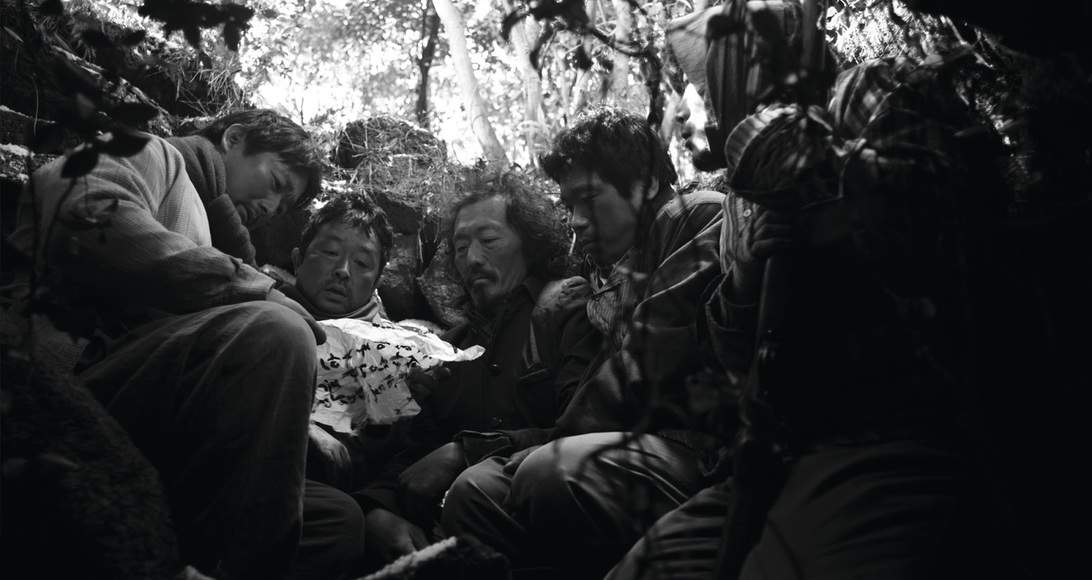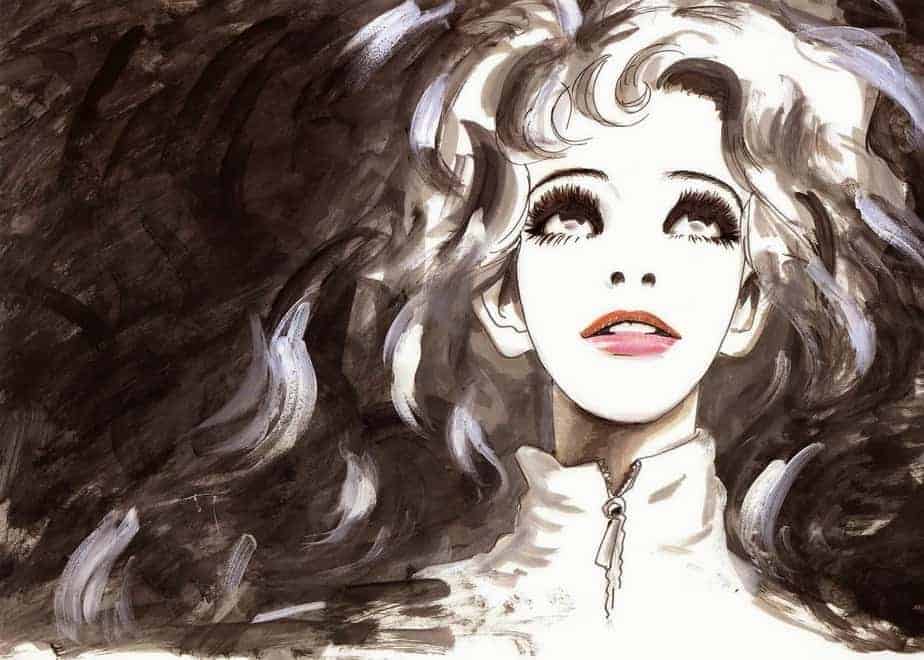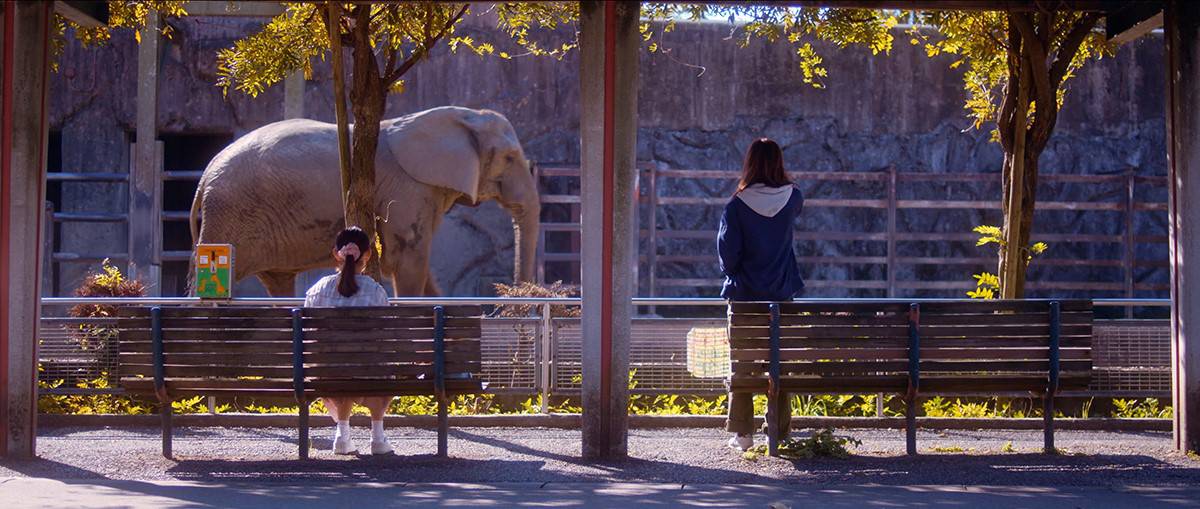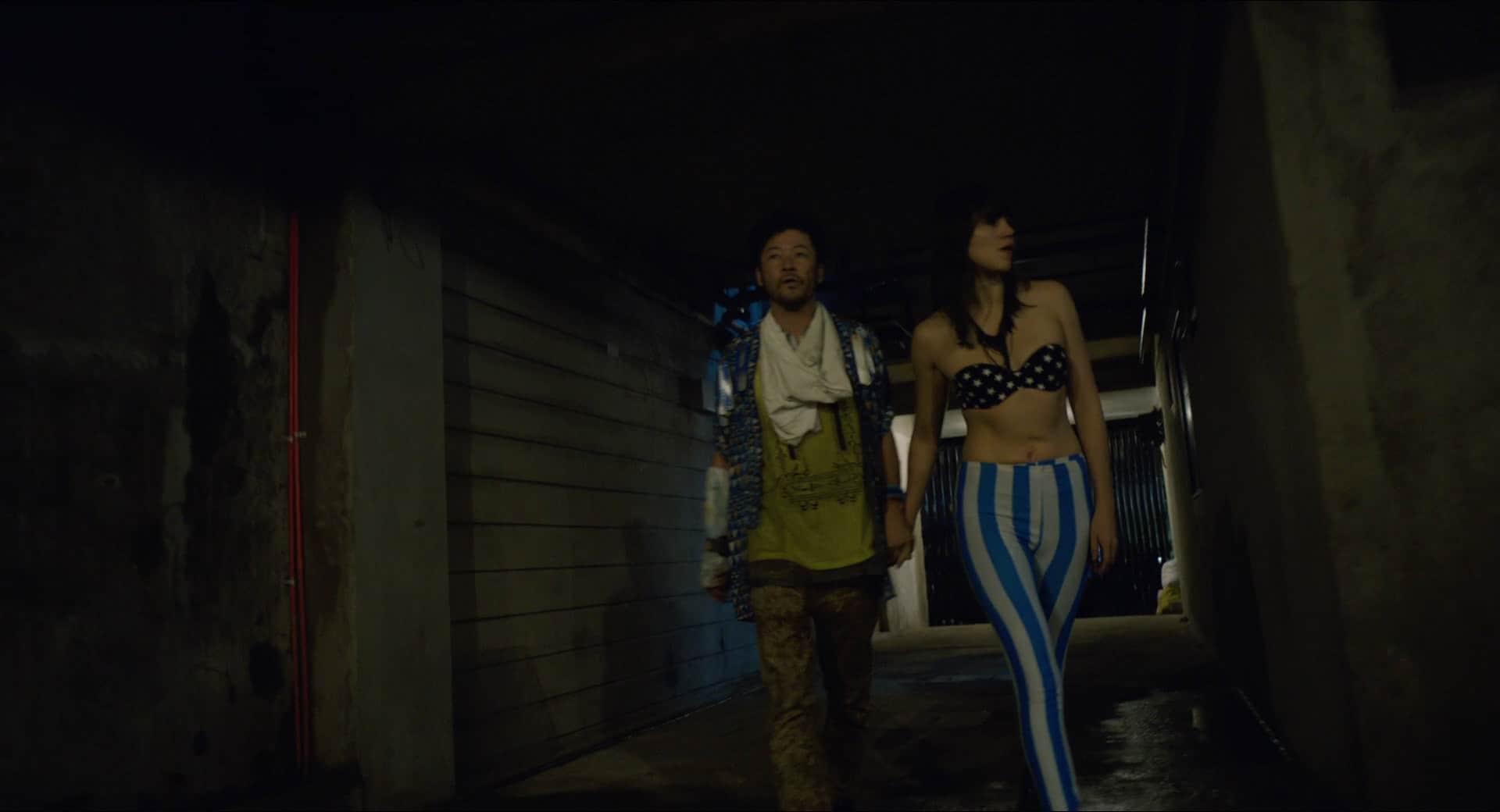Loosely based on the Saitama serial murders of dog lovers, a case of a married couple who owned a pet shop and murdered at least four people, “Cold Fish” gave Sono the opportunity to present his version of how a serial killer film ought to be like.
Buy This Title

Syamoto is a humble and guileless exotic fish shop owner who is taken advantage of by both his spoiled daughter, Mitsuko and his second wife, Taeko. His daughter is an underage delinquent who spends her time flirting and sometimes beating her stepmother. One night, a grocery shop attendant catches her stealing; however, a peculiarly friendly man, Murata, manages to convince the clerk not to call the police. Furthermore, he is also an exotic fish shop owner and offers to hire Mitsuko in his establishment, which is far larger than Syamoto's. Moreover, when Murata, who has become a friend of Syamoto, proposes that the two of them become partners, the poor Syamoto finally believes he has a break in his miserable life. After awhile, he discovers what's truly hiding behind Murata's friendly facade and the overwhelming sexuality of his wife.
Sion Sono's style (at least the one that made him an international cult sensation, before he started dealing with Fukushima) finds its apogee in this film. Borderline violence, extreme gore and sick sex make “Cold Fish” one of the darkest studies on the human psyche, while elements of black comedy and the ironic, social commentary about consumerism are equally visible throughout the film's 146 minutes.
The concepti of the two main characters is the highlight of the script Sono and Yoshiki Takahashi's came up with. Syamoto is the absolute human puppet. Everyone in his life seems to take advantage of him, and his permanent response of inaction reaches new heights once Murata appears in his life. Eventually, all of the pressure Murata puts on him make him erupt in equally grotesque fashion, but even then, he remains a victim, since, when he has the chance to flee and take revenge at the same time, he decides instead to become a martyr, for the sake of his ungrateful daughter and his unfaithful wife. Sono, per his words, “wants to depict a sense of total hopelessness”, thus presenting the fact that sometimes people, when faced with extreme situations, simply kowtow instead of reacting violently, as the circumstances dictate. This notion is presented to the fullest by Syamoto, with Mitsuru Fukikoshi doing a splendid job on a very difficult role.
The other character, Murata is the exact opposite: Loudmouth, successful, sadistic, and willing to do everything to achieve his goals, either gaining money or having sex with women, or simply to satisfy his bloodlust, in an extreme presentation of the dark side of capitalism. (The girls that work in his shop and the way they are dressed and act is a distinct sample) Furthermore, a rather blasphemous comment about Christianity (in a tactic Sono started in “Love Exposure.”) is also presented through Murata, who seems to have a knack for using Christian symbols when he is maiming his victims. Denden is impervious in the role, and Sono actually anchors the film on him, with the rest of the cast reacting to his performance, for the most part.
On the other hand, the women in the film function solely as the recipients of lust or violence, with Asuka Kurosawa as Murata's wife and Megumi Kagurazaka as Syamoto's exemplifying their sultriness in very fitting, for the film's aesthetics, fashion. The difference in their physique also serves its purpose as indicator of the difference of the two men, in a trait Sono exploited fully in his next film, “Guilty of Romance.” The fact that the latter was already Sono's wife when the film was being shot, highlights Sono's mentality (creative paranoia if you like), since for the most part she is either raped or beaten.
Shinya Kimura does an impressive job in the cinematography of the movie, with the calmness of the aquariums, with the neon lights and the silence of the fish, coming in direct contradiction with the atmosphere in the violent scenes, which grow gorier as the film progresses. Regarding these scenes, Yoshihiro Nishimura's presence as special makeup effects supervisor is more than obvious, particularly in the depiction of blood, while Tsuyoshi Kazuno does a great job in the visual effects. Jinichi Ito's editing retains the difference in the pace that matches the psychological status of the two protagonists, occasionally being slow and calm, and occasionally frantic and extreme.
“Cold Fish” is one of Sono's masterpieces, a great combination of Japanese exploitation, outstanding acting and technical and artistic elaborateness.


















